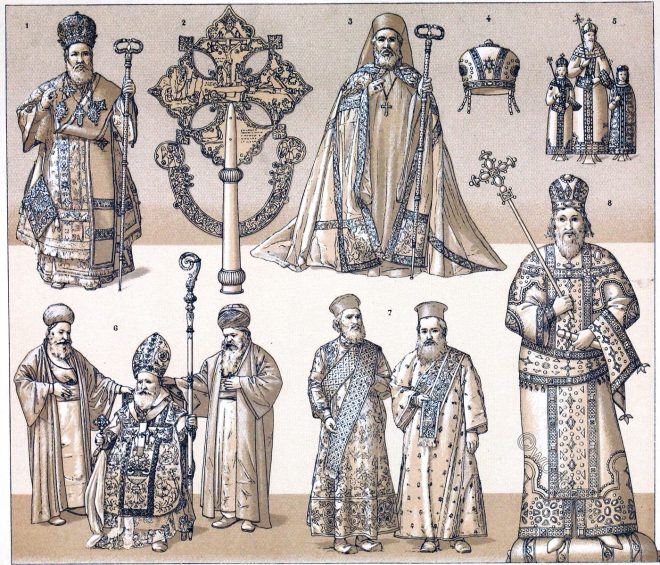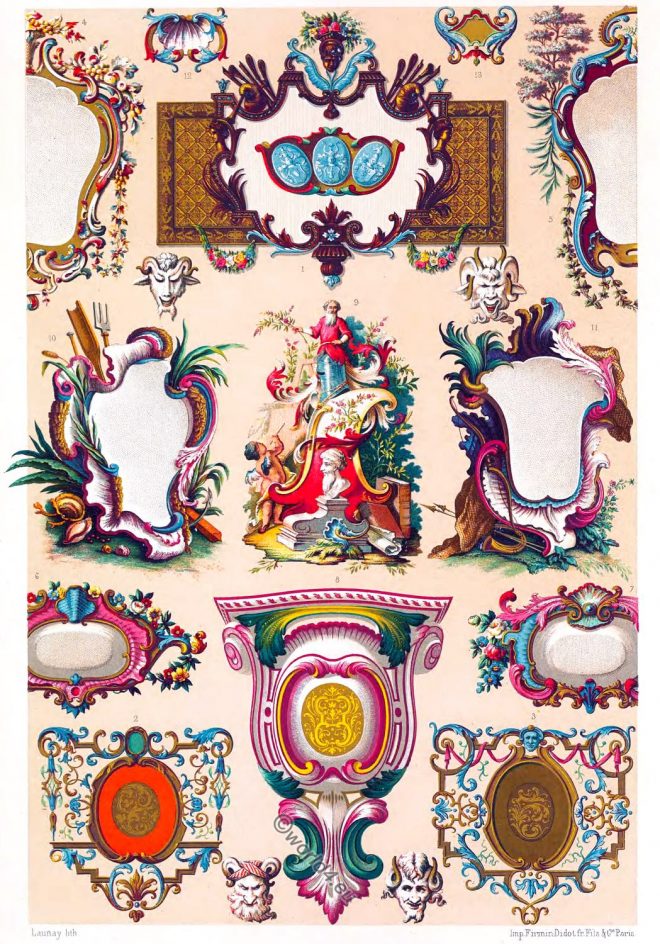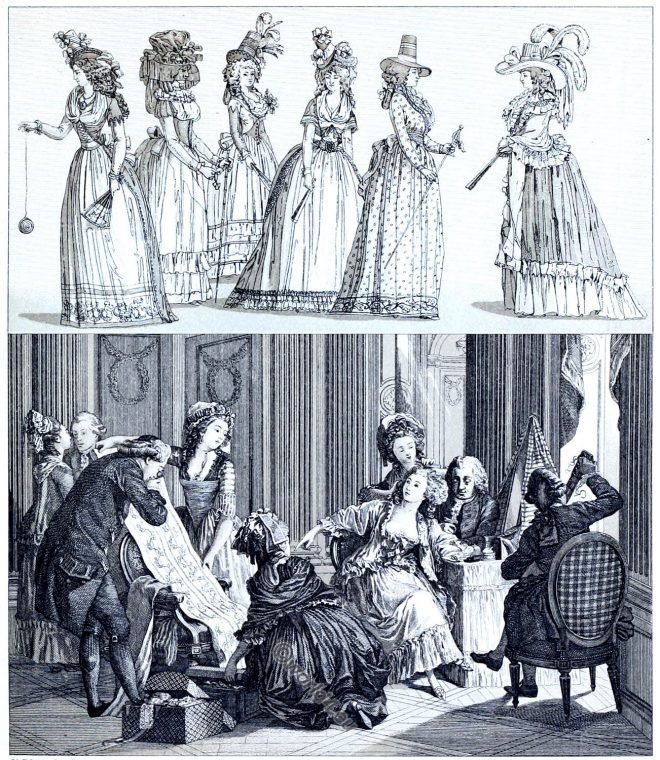Armory of H.H. The Nawab of Tonk, Rajputana (Muhammad Ibrahim Ali Khan 1848-1930), Central India.
Category: Genre
Byzantine Orthodox. Abyssinian. Patriarchal type. The imperial family.
Byzantium and Abyssinia. Patriarchal type. The Maronites and the Byzantine Orthodox churches. The Abyssinian Cross. Emperor of the Eastern Empire and Princes of the Imperial Family. The Tiara and the Crown.
Vestments of the Byzantine emperors and empresses.
Frankish-Byzantine. Vestments of the Byzantine emperors and empresses of the Eastern Roman Empire. Portraits of emperors. Splendor and house costumes. The Heraklian Dynasty. The dynasty of the Isaurians.
Cartouches. Specimens. Peinture en camaïeu. France 18th century.
THIS plate terminates the series in which we have successively represented the different phases of the cartouche.
Byzantine. The Emperor. Greek, Latin clergy. Ascetics and monks.
Byzantine. Greek, Latin clergy. Ascetics and monks. The blessing of the Greeks and the Latins. The Emperor of the Eastern Roman Empire and the officers of his retinue. The Roman Consul. The patrician. Secular and ecclesiastical instruments.
A Procession of the Emperor Akbar Shah II surrounded by his court.
The procession represents the Emperor, Akbar Shah II., surrounded by all the pomp of his court, proceeding along the edge of the Jumna river, accompanied by the British Resident and his staff. It is very characteristic of the past glories of the great Moghul House.
The Grand Lever. Second Toilette of a lady of state. France 18th century.
France 18th century. The Grand Lever. The morning toilet of a lady of status. The caracos, the shirts, the overskirt, etc. Female fashion during the reign of Louis XVI.
A transverse Spinet made by Stephen Keene at the end of 17th century.
Stephen Keene (about 1640-1719) was an English instrument maker. He made harpsichords, spinets and virginals in his workshop in London.
High dignitaries of the Mughal Empire. India, 17th century.
Murad Bakhsh, Imperial Prince, son of Shah Jahan and brother of the Grand Mogul Aurangzeb. Ruler of Delhi. Indian prince, governor of the Grand Mogul.
Emperor of the dynasty of the Grand Mughals. Prince of the Rajputs.
India. Emperor of the dynasty of the Grand Mughals. Rajput Prince. Historical portraits. Azem Shah, Shah Alem.










